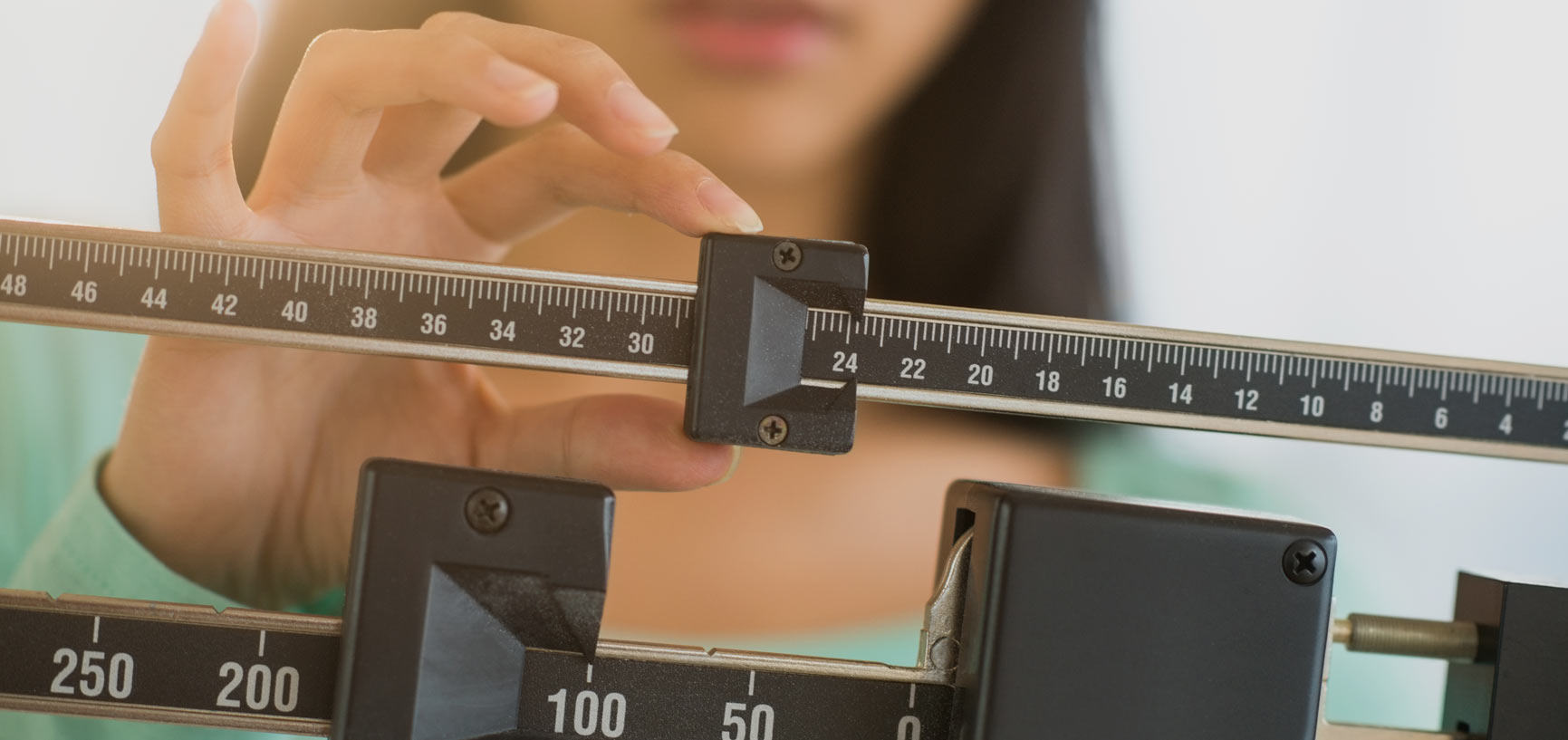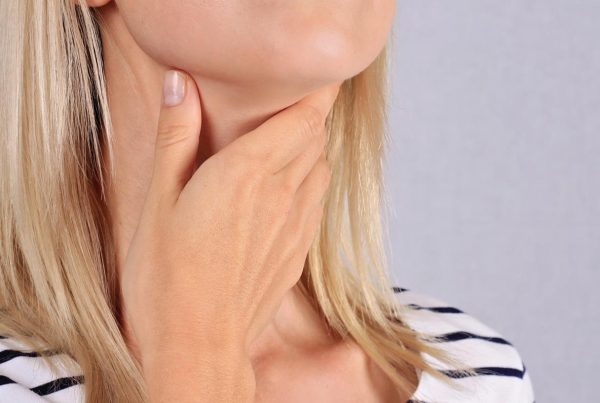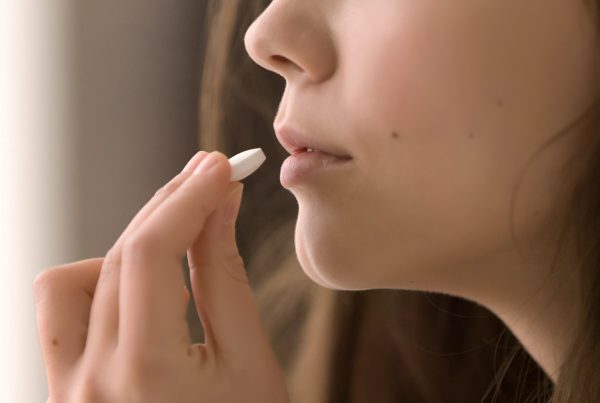This cycle is one everyone recognizes…when we hurt for a period of time, we are less active and tend to put on weight. In turn, the extra weight makes us hurt more. Pain medications may also lead to weight gain. The stress of chronic pain also can lead to overeating. In fact, chronic pain is one of the main reasons overweight people cite as a cause of their obesity.
The cycle can work the other way around, as well. Carrying too much weight adds to the stress on joints, for example, exacerbating conditions like arthritis. Excess weight compresses the spine, narrowing disk spaces, which can worsen low back pain. What’s more, being overweight or obese may make it harder to be physically active, and exercise has been shown to help ease chronic pain. In addition, the psychological stress of being very overweight or obese can add to the distress of chronic pain, intensifying the perception of pain. People who are overweight or obese, research shows, are twice as likely to suffer back pain. Many other chronic pain conditions are also more common in people who are overweight or obese, including fibromyalgia, pelvic pain, abdominal pain and chronic headaches.
There’s a long list of different medications that can cause weight gain: If you’re taking birth control pills, excess hormones for hormone therapy, steroids, beta-blockers for heart disease and blood pressure, anti-seizure meds, breast cancer medications like Tamoxifen, some treatments for rheumatoid arthritis, and even some migraine and heartburn medications, you may notice pounds creeping on. Many musculoskeletal conditions, including plantar fasciitis, osteoarthritis and knee or hip pain, can result in unintentional weight gain.
How can you get off this pain, weight, pain treadmill? First, depression steals your motivation and makes everything hurt more. Depression increases chronic inflammation and reduces your immune function. Many people who suffer from chronic pain are depressed, but starting to treat the cycle can help you find the energy to take the next steps. Start with movements that are easy on the joints, such as tai chi, simple yoga poses, or water exercise. These will provide benefits quickly without causing more pain, so it will be easier to stay motivated.
Make a commitment to practicing some form of relaxation daily. Even 10 minutes of quiet meditation, a 30 minute morning or evening stroll, or reading in a comfortable position will lower your tension baseline. It will also help your muscles to hurt less, as they become less chronically tight. Daily relaxation helps your body and mind find balance. Eat for health and include foods that make you feel good. Fruits and vegetables and complex carbohydrates are clean burning fuel for an efficient body, and this kind of diet will help reduce systemic inflammation. Not only will you be in less pain, but your overall health will improve. Feeling better will motivate you to keep doing what you’re doing.
Make changes in increments, not all at once. Avoid overdoing and causing more pain. Consider supplements to support joint health and reduce inflammation. Talk with your doctor before trying any supplement to avoid drug interactions. With patience and persistence, you can shift direction and create a healthy cycle of increased mobility and energy.. There’s no simple fix but experts, including Dr John Pereira, from Canada’s largest pain clinic, say losing as little as 10 pounds can have a huge impact on chronic pain management.
Some experts say people with chronic pain can benefit from a high-protein-intake diet. Here is a link to: A Diet for Patients With Chronic Pain https://www.practicalpainmanagement.com/treatments/complementary/diet-patients-chronic-pain
Who is NaturalPainRelief.org and Why Do We Exist?
The research and editorial teams at NaturalPainRelief.org are committed to helping those suffering from pain to find alternative science-based solutions free from addictive drug treatments and invasive procedures.



